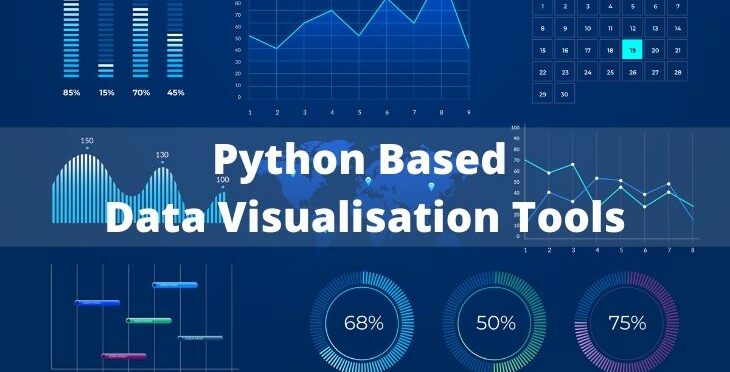News Blast: Your Daily Update
Stay informed with the latest news and trends.
Graph It Like You Mean It
Unlock the power of visual storytelling! Discover tips and tricks to create stunning graphs that make data unforgettable.
Understanding Different Types of Graphs: Which One Should You Use?
When it comes to visualizing data, understanding the different types of graphs is essential for effectively communicating your message. Each type of graph serves a unique purpose and can highlight specific aspects of the data being presented. Bar graphs, for example, are excellent for comparing quantities across different categories, while line graphs are useful for showing trends over time. Additionally, pie charts can effectively demonstrate proportions within a whole. By choosing the right graph type, you can ensure your audience comprehends the information clearly and accurately.
Furthermore, it is crucial to consider the nature of your data when selecting a graph type. If you are working with continuous data, scatter plots might be the best choice, as they allow you to display relationships between variables. On the other hand, if you're dealing with categorical data, stacked bar graphs or clustered column graphs can help to provide a clearer comparison. Ultimately, the key is to choose a graph that not only presents the data effectively but also enhances your audience's understanding of the key insights you wish to convey.

The Power of Data Visualization: How Graphs Influence Decision Making
The power of data visualization lies in its ability to transform complex data sets into easily digestible visual formats, such as charts and graphs. By converting numbers into visual elements, decision-makers can quickly identify trends, patterns, and outliers that may not be immediately apparent in raw data. This not only enhances understanding but also allows for more informed decision making. Studies have shown that people retain information better when it is presented visually, making data visualization an essential tool for effective communication in business and beyond.
Graphs and visual data representations serve as compelling storytelling tools that can clarify the implications of data. For instance, line graphs can depict changes over time, while bar charts can compare different groups or categories side by side. By utilizing these tools, organizations can foster a data-driven culture that encourages collaboration and enhances strategic planning. When stakeholders see data visually represented, they are more likely to engage in meaningful discussions and reach consensus on critical decisions, ultimately leading to better outcomes.
Common Mistakes in Graph Creation and How to Avoid Them
Creating graphs is an essential part of data visualization, but many people make common mistakes that can lead to misinterpretation of data. One significant mistake is using inappropriate graph types that do not effectively convey the message. For instance, using a pie chart for data with many categories can make it hard for viewers to compare values. Instead, bar charts are often more effective for comparing different groups or categories. Additionally, neglecting the use of labels and legends can leave your audience confused about what the graph represents.
Another prevalent error is overcrowding the graph with too much information, which can overwhelm viewers. Simplifying your graphs by focusing on key data points allows for easier understanding and quicker comprehension. Aim for clarity and precision by limiting the number of elements you include, and always ensure that your axes are well-defined. To enhance readability, choose contrasting colors and appropriate font sizes for your labels. Avoid these pitfalls to create effective and clear visual representations of your data.